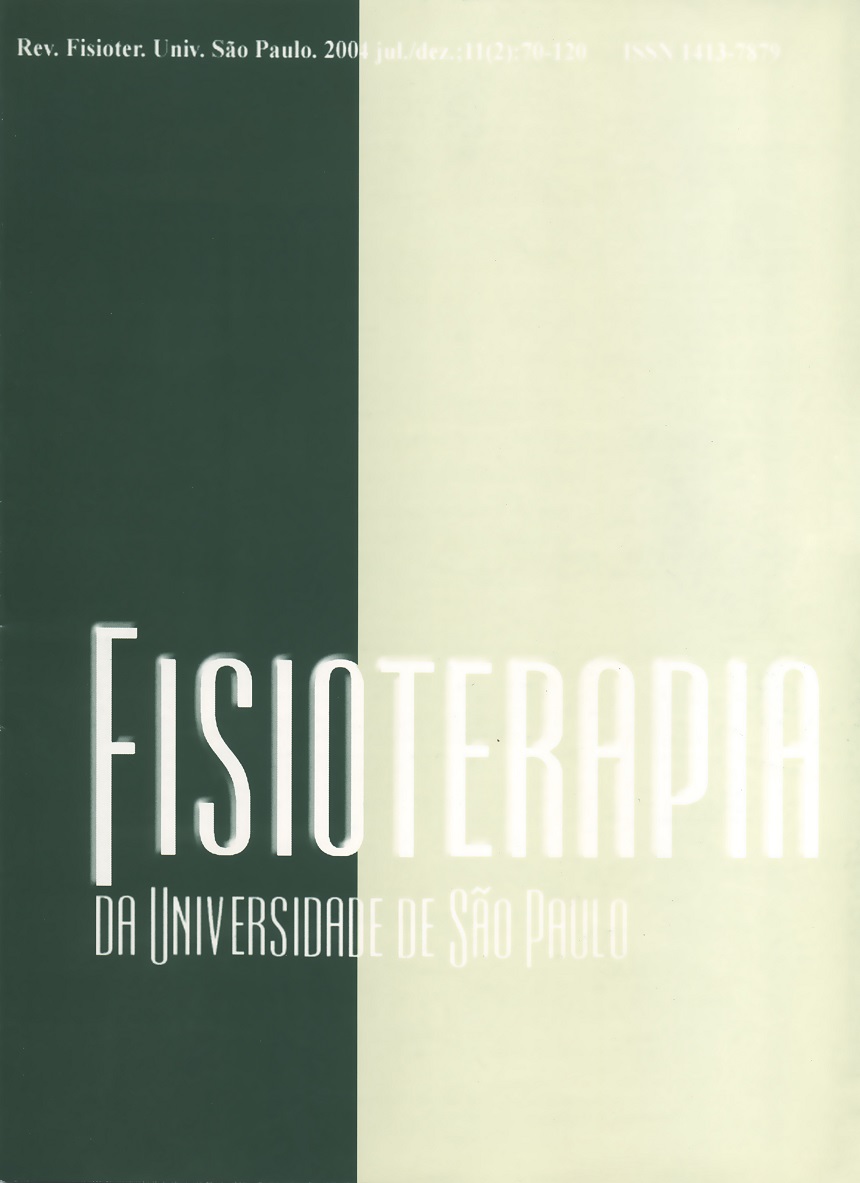Umbilical cord gas: when and why?
DOI:
https://doi.org/10.1590/fpusp.v11i2.77315Keywords:
blood gas analysis/methods, asphyxia neonatorum/blood, umbilical cord/physiophatology, apgar score, pregnancy, high-risk, asphyxia neonatorum/prevention & control.Abstract
According to the literature, the diagnosis of perinatal hypoxia is controversial. Although the Apgar score has been largely utilized as an assessment tool, its predictive value for neurological fetal status has generated conflicting issues. Several studies support the idea that thegasometric analysis of the umbilical cord is an accurate and objective way to assess the fetus at birth. The purpose of this present study was to review the basic principles of the gasometric analysis as well as its relevance. We further evaluated the possibility to adopt such a practice in high risk pregnant women. The more accurate and quicker a fetal neurological injury is
determined, the sooner and more precise may be the intervention of the
interdisciplinary team involved in the neonatal care.
Downloads
Download data is not yet available.
Downloads
Published
2004-12-31
Issue
Section
Articles
How to Cite
Umbilical cord gas: when and why?. (2004). Fisioterapia E Pesquisa, 11(2), 90-95. https://doi.org/10.1590/fpusp.v11i2.77315



